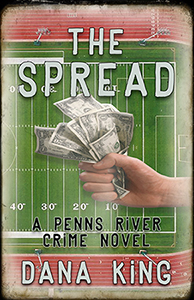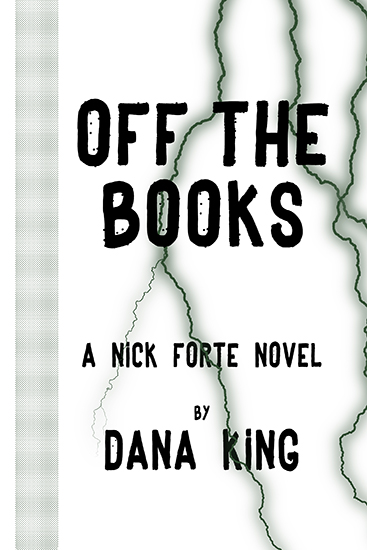The problem with many writing books—and writing teachers—is they tell you How it’s Done, sometimes in stentorian tones of great implied import. The end effect is too often to overwhelm the reader/writer, especially those still looking for their own way. There’s too much to remember, and it’s too hard. Some are deterred. Others decide rules are made to be broken, so I might as well start now.
John McNally’s Vivid and Continuous is an excellent entry point for a startup writer. It combines brevity (147 pages, not counting index and reading list) with a conversational tone to move the reader through key considerations in any type of fiction. Though the professed thrust is for those interested in literary ficiton, the lessons and examples will be useful to anyone.
The book breaks into fifteen chapters, each with its own topic. Ranging from The Ideal Reader, Beginnings, Titles, through Minor Characters, Humor (his “Sure-Fire Formula for Becoming Funnier in Thirty Days” alone is worth the price of the book) and wrapping up with Gestation and Humility. Each chapter describes a little of why it’s important, cites examples, but never becomes pedantic. If ever a writing book read like you were talking to a guy at a bar, this is it.
The examples are deftly used and should incline the reader to want to further explore many of them. The chapter on minor characters details how, in The Catcher in the Rye, Salinger uses a large number of characters who appear for too short a time to require—or even deserve—detailing to characterize Holden Caulfield through his descriptions and reactions to them. Salinger’s gift for putting the character’s image into the reader’s head with a single sentence. (Faith Cavendish, who “wasn’t exactly a whore or anything but that didn’t mind doing it once in a while.” Or Sally Hayes’s mother, who’d do charity work only if “everybody kissed her ass for her when they made a contribution.”) We may not have Holden’s background, but we all know these people.
The two final chapters stick out. In Gestation, McNally discusses the idea of each story needing its own time to be told. Some may flow, while others may need years to come together, left fallow for extended period until the writer’s experience or cultural events reach a point where the story opens itself to the author. The catch with fictional gestation periods is, no one knows how long they are, and they’re different for each story.
The final chapter is titled Humility. Cautioning young writers against hubris, McNally cites giants such as Thomas Pynchon looking back with dismay at some older stories, and John Steinbeck’s despair over how he had failed with The Grapes of Wrath. (“It’s just a run-of-the-mill book. And the awful thing is that it is the absolute best I can do.”) A caution to all fledgling iconoclasts who would break new ground because the world has never seen a talent such as yours: get over yourselves. If Pynchon and Steinbeck harbor doubts about their results, you should at least consider yours could be flawed.
McNally is not above using his own writing for example. This is often a turn-off. Here, it’s done with a difference. Instead of using his work to show How It’s Done, he uses what led to a piece of his to describe how it got there, warts and all. The lessons is not, “Listen to me, for I am great,” but, “You don’t to make some of the same mistakes I did. Take this for what it’s worth.” The engaging writing style and regular dollops of humor make everything do down with a smile.
Vivid and Continuous is an excellent book for fledgling writers, as well as those more experienced who need an occasional reminder of things to be aware of. It would be perfect for an adult education class that included student of various levels of ability, as its lessons apply on multiple levels. I learned a lot, was reminded of more, and had a great time reading it. My only disappointment came when I realized I had come to the end, a feeling that can be easily remedied with another read, if only to cherry pick the bits that most appealed to me.




No comments:
Post a Comment